In 95% of examples I see, people are adding @Entity or @Document annotations to their domain objects.
I would like to create an app in which I can easily change persistence layer.
It should be possible to switch in settings from SQL DB to e.x. MongoDB etc.
I want to keep my domain objects completely independent from persistence layer.
I have thought about something like this:

Where Item is a domain object.
public interface ItemsRepository {
List<Item> getItems();
}
Each ItemsRepository implementation has it's own dedicated persistence layer object. For SQL it will be let's say ItemEntity class, for Mongo ItemDocument class. And each persistence object has conversion from and to domain object.
Is approach like this acceptable? If not, what are the best industry patterns to solve that problem?